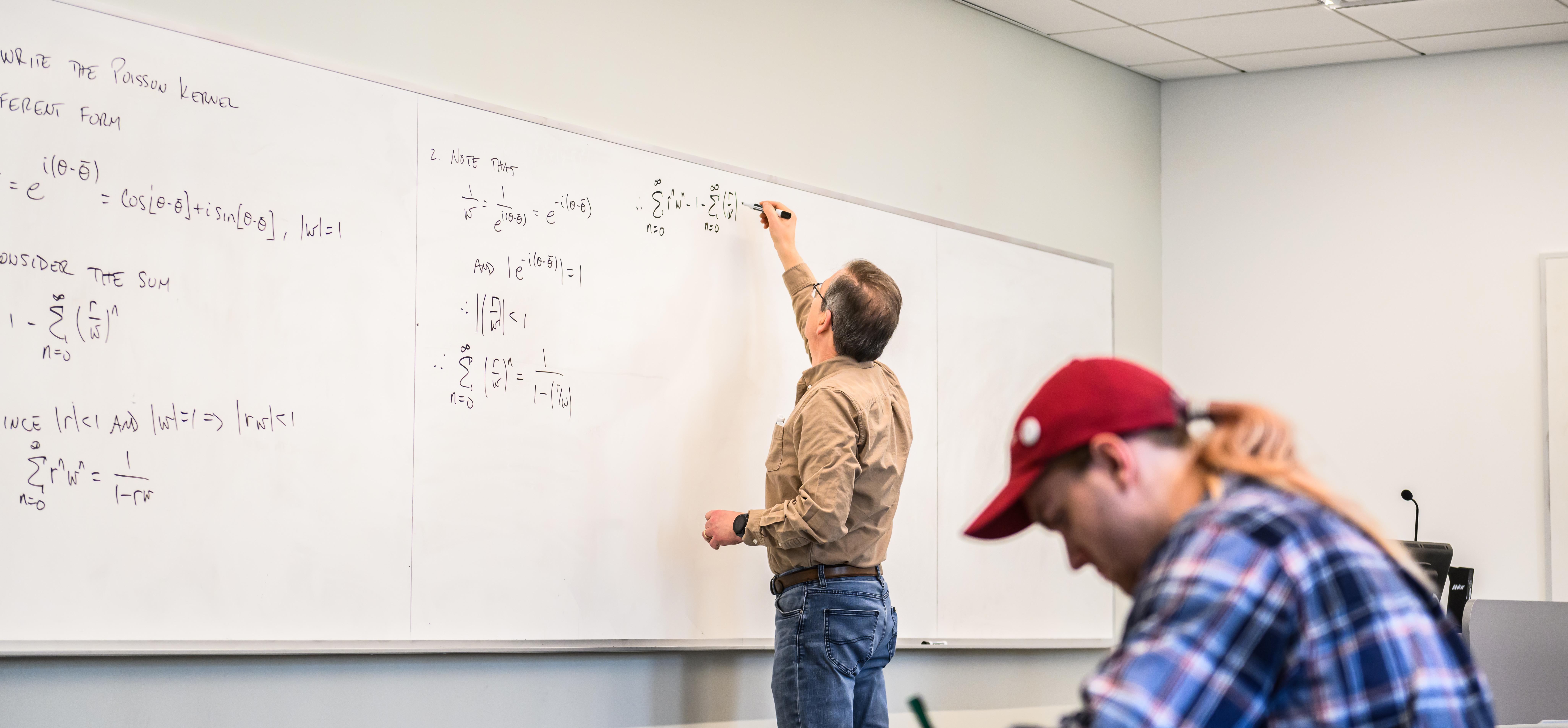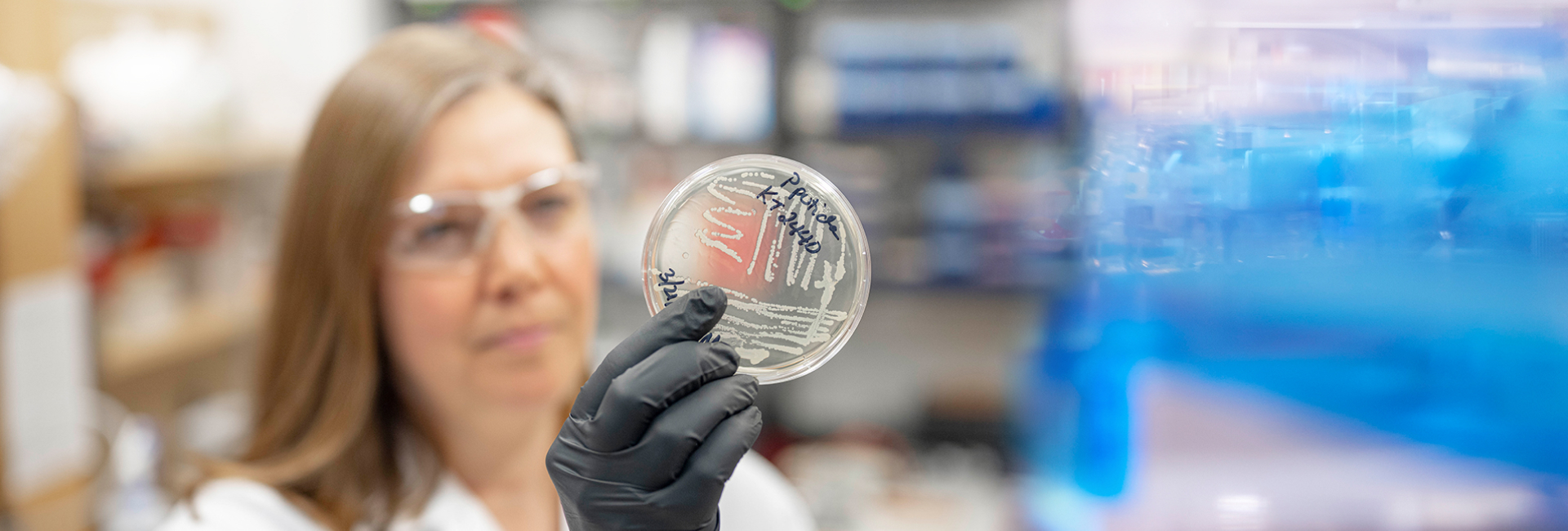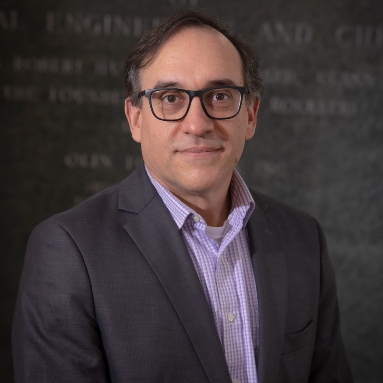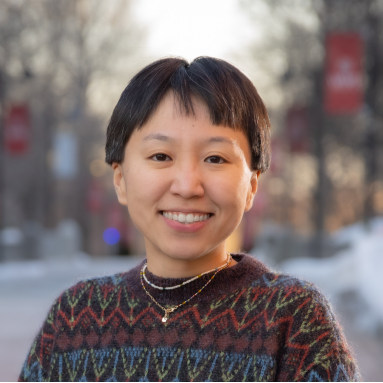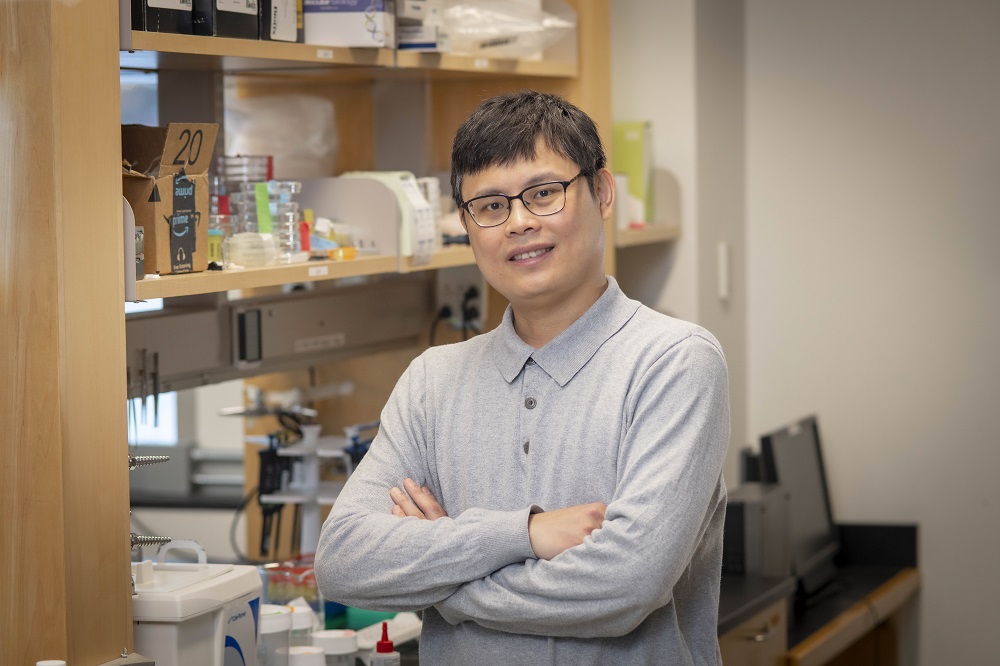Worcester Polytechnic Institute (WPI) researcher Min Wu has been awarded a $450,000 CAREER grant from the National Science Foundation (NSF) to develop mathematical models describing how secretions and mechanical forces shape the growth of elongated plant cells.
The five-year project will focus on mathematical modeling of filamentous cell wall growth, which could lead to insights about plants and fungi that impact agriculture and human health, said Wu, assistant professor in the Department of Mathematical Sciences.
“The way that filamentous walled cells grow is poorly understood, and it is challenging to observe and measure the biological activity with experimental approaches alone,” Wu said. “Mathematical models can bridge this knowledge gap. Models could lead to a better understanding of how plant root hairs reach into soil for moisture and nutrients and how fungi that cause illness could be attacked.”
Cell filaments such as juvenile-stage moss cells maintain their growth at the tip and through a process known as exocytosis. During exocytosis, materials inside a cell travel through the cell membrane and lay down deposits on the exterior of the cell.
Wu will develop two mathematical models to describe cellular activity and forces related to growth. One model will define how secretions from inside a cell and mechanical forces on cell walls influence cell-wall surface shapes. A second model will define how patterns of new cell wall materials in elongated cells regulate cell-wall thickness while under mechanical pressure. Wu will validate her models by comparing the predicted secretion profiles with experimental measurements.
“The basic question is how a cell surface grows without changing its shape,” Wu said. “Models will allow us to mathematically simulate growth of the cell wall and to describe how exocytosis gives rise to the cell wall’s growth pattern, but this project also will consider how the cell wall maintains its thickness, or three-dimensional shape, as it grows.”
The project expands on Wu’s previous research, which has used mathematics to analyze biological processes, such as wound healing and tumor growth. She also has modeled the development of large-scale living tissues.
As part of her project, Wu will work with Luis Vidali, associate professor in the Department of Biology and Biotechnology, to validate her models. She will expand her research mentoring activities with undergraduate and graduate students, and she will create an open-source teaching and learning platform called “Filaform” with lessons that emphasize the connections between mathematics and biology.
“I want to teach students that the transdisciplinary way of thinking about the world is very natural,” Wu said. “This platform will merge mathematics and biology from a geometric aspect to encourage students to make that connection.”

